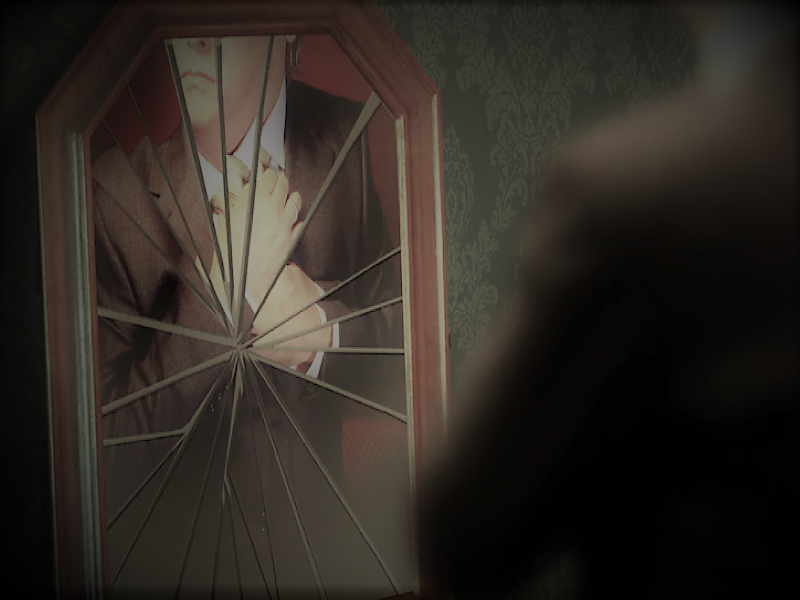Have you ever felt a prickle of unease stepping into a building with a 14th floor, skipping the 13th altogether? You’re not alone. This seemingly innocuous omission has captivated human imagination for centuries, sparking discussions and whispers about a sinister truth behind the absent number. The 13th floor superstition is deeply woven into our collective consciousness, evoking a potent mix of fear and curiosity. But where did this chilling belief truly originate?

Image: www.3millionyears.co.uk
This article delves deep into the fascinating journey of the 13th floor superstition, uncovering its roots in ancient myths, historical events, and cultural perceptions. By understanding its evolution, we can navigate the intricate web of superstition and shed light on its enduring impact on our world today.
The Grim Shadow of the Number 13
The aversion to the number 13 is often attributed to its association with Friday the 13th, a day notorious for bad luck. This association finds its roots in the Last Supper, where Jesus was betrayed by Judas, the 13th person at the table. The number 13 subsequently became symbolic of misfortune and betrayal, a lingering echo of a pivotal event in Christian history.
The number 13’s infamy also extends beyond religious circles. In ancient Norse mythology, the god Loki, known for his trickery and chaos, was the 13th guest at a feast, leading to the death of Baldr, the god of light. This story cemented the number’s association with misfortune, further solidifying its negative connotations.
The Rise of the 13th Floor Phantom
While the fear of the number 13 itself is deeply entrenched, the specific aversion to the 13th floor took hold during the 20th century as skyscrapers began to dominate urban landscapes. The 13th floor, with its seemingly ominous designation, was often considered unlucky, especially in the American and European cultures.
To avoid potential unease and superstitious anxieties among tenants, many buildings in Western countries began to skip the 13th floor altogether, substituting it with the 14th to ensure the smooth flow of occupancy. This practice, however, only served to further fuel the superstition, as it tacitly acknowledged the fear it sought to dispel.
From Superstition to Urban Legend
The absence of the 13th floor in many buildings fueled the narrative of its cursed nature, turning it into an urban legend. It fueled a perpetual debate about the true reality of the superstition, questioning whether it was merely a societal construct or a manifestation of something more profound.
In actuality, the 13th floor omission was primarily a commercial decision. Building owners aimed to appease potential tenants who might harbor anxieties about the number, ensuring a steady stream of occupants and a higher return on investment. While the 13th floor might have seemed absent, it was physically present, simply disguised by a renumbered floor.

Image: brewminate.com
The Global Perspective on the 13th Floor
While the 13th floor superstition is prevalent in Western cultures, especially in the United States, it isn’t a universal phenomenon. In many Asian countries, particularly in China, the number 4 is considered unlucky, symbolizing death, and is often omitted from buildings and other public spaces.
This cultural disparity highlights the subjective nature of superstition. What is considered unlucky in one culture might be completely unacknowledged in another, signifying the role of cultural context in shaping societal beliefs. It emphasizes the nuanced and diverse nature of superstitions across the globe.
The Enduring Power of Superstitions
Despite the widespread adoption of the 13th floor omission, the superstition persists. Even in buildings where the 13th floor is present, it is often associated with a certain unease, reflecting the enduring power of deeply embedded cultural beliefs.
The 13th floor superstition serves as a reminder of the lasting impact of societal narratives and their capacity to shape our perceptions and experiences. It underscores the complex relationship between culture, history, and the human psyche, where seemingly innocuous events can evoke powerful emotions and create lasting beliefs that transcend time.
Where Did The 13th Floor Superstition Start
Beyond the Superstition: A Lesson in Open-Mindedness
While the 13th floor superstition might seem like an idle curiosity, it prompts us to consider the role of belief in shaping our lives. It challenges us to question our own assumptions, to engage with diverse perspectives, and to approach the world with open minds and hearts.
By understanding the origin of the 13th floor superstition, we can unravel the intricate tapestry of cultural beliefs and their impact on our collective consciousness. The next time you encounter a building with a missing 13th floor, consider the story it tells, the history it carries, and the diverse perspectives it represents. It’s not just a superstition; it’s a window into the human experience.






